Idhayam Parikshan lab Limited use various methods and more to evaluate sugar products, ensuring they meet quality standards, safe for consumption, perform as expected in various culinary applications.When conducting sugar products food testing, it’s important to work with accredited laboratories like Idhayam Parikshan Labs Limited, who follow standardized testing methods and adhere to quality assurance protocols. The kind of tests with idhayam Parikshan Labs Limited helps to ensure that the sugar products meet the necessary quality and safety standards before reaching consumers. Idhayam Parikshan Labs Limited determines the nutritional content of sugar products, including the amount of sugars (such as glucose, fructose, and sucrose) present in the product. This information is crucial for labeling and health considerations. In Idhayam Parikshan Labs Limited, a variety of tests are conducted on sugar products to ensure their quality, authenticity, and safety. A sugar profile typically refers to a detailed analysis of the types and quantities of sugars present in a sample. This analysis is particularly common in the context of foods and beverages where the sugar content affects taste, texture, and nutritional value. Idhayam Parikshan Labs Limited use these methods to evaluate sugar products, ensuring they meet quality standards, are safe for consumption, and perform as expected in various culinary applications. These tests are crucial for both manufacturers and consumers to guarantee the quality and safety of sugar-containing food products. Sugar Products

Sugar Profile
Chemical Tests
Lab technicians perform various chemical tests to identify the type of sugar and to check for adulteration or contamination. For example, specific tests can differentiate between sucrose, glucose, and fructose.
HPLC (High-Performance Liquid Chromatography)
This technique is used to identify and quantify the different sugars present in a sample.
Sucrose Content
Quantifying the sucrose content is vital for differentiating between various sugar products (such as brown sugar, white sugar, and raw sugar).
Moisture Content
The moisture content in sugar products is analyzed, as excessive moisture can lead to clumping and spoilage.
Microbiological Analysis
Sugar products are tested for microbial contamination, including the presence of harmful bacteria and molds.
Pesticide Residue Analysis
Sugar products can be tested for the presence of pesticide residues, ensuring they comply with safety regulations.
Grain Size Analysis
The size of sugar crystals affects the texture and performance of the sugar in different applications. Labs can analyze the particle size distribution of sugar samples.
Color Measurement
The color of sugar products, especially brown sugars, is measured using spectrophotometry. This analysis ensures consistency in color for commercial products.
Taste Testing
Trained panels assess the taste and overall quality of sugar products. This evaluation helps ensure that products meet sensory expectations.
Foreign Matter Analysis
Microscopic analysis is performed to detect any foreign particles or adulterants present in sugar products.
Nutritional Composition
Sugar products are analyzed for their nutritional content, including carbohydrates and calories.
Melting Point Analysis
The melting point of sugar products is analyzed, which can influence their applications in cooking and baking.





